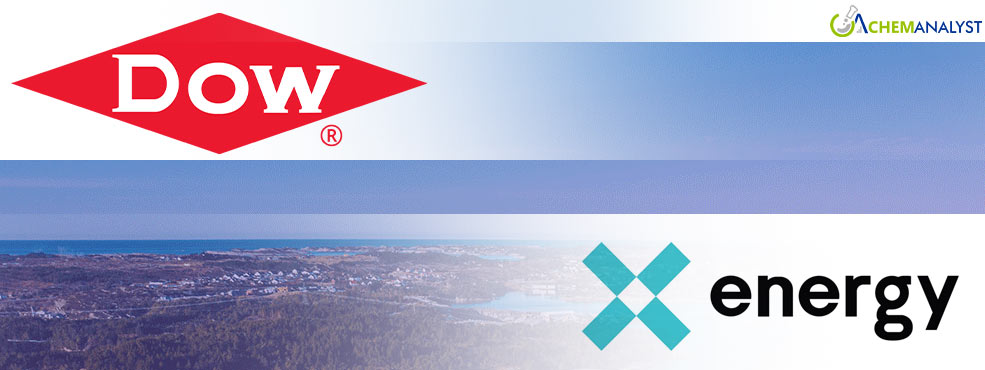Dow, X-energy Seek Permit for Texas Nuclear Project
- 01-Apr-2025 11:15 PM
- Journalist: Nightmare Abbey
Dow and X-Energy Reactor Company, LLC, have taken a significant step forward in their plans for an advanced nuclear project in Texas. The companies announced Tuesday they submitted a construction permit application to the U.S. Nuclear Regulatory Commission (NRC). The proposed project would be located in Seadrift, Texas.
Dow’s advanced small modular reactor (SMR) project is under development by its wholly-owned subsidiary, Long Mott Energy LLC. The primary goal of the project is to supply Dow's UCC1 Seadrift Operations manufacturing site with safe, reliable, and clean power. It will also provide industrial steam, replacing existing energy and steam assets that are nearing the end of their operational life.
The U.S. Department of Energy’s (DOE) Advanced Reactor Demonstration Program (ARDP) supports this project. The ARDP aims to accelerate the deployment of advanced reactors through partnerships with U.S. industry, sharing the costs involved.
Since 2018, X-energy, and subsequently Dow, have engaged extensively with the NRC. These pre-application engagements aimed to demonstrate the safety features of the Xe-100 advanced SMR. Key safety aspects include its advanced fuel design and passive safety features. State-of-the-art analysis techniques were also presented. This collaborative effort has led to a comprehensive application. The companies assert that this application exceeds NRC regulations for the protection of public health, safety, and the environment. It incorporates substantial safety features.
The NRC’s review and approval of the construction permit is a crucial next step. This process could take up to 30 months. Once the permit is granted, Dow will make a final decision. This decision will depend on confirming the project’s ability to meet the company’s financial return targets. If these conditions are met, construction could then commence. Dow anticipates that the cost of energy from the project, after accounting for all subsidies, will be competitive with other options for firm, clean energy.
“This is an important next step in expanding access to safe, clean, reliable, cost-competitive nuclear energy in the U.S.,” said Edward Stones, business vice president, Energy & Climate, Dow. “We look forward to engaging with the NRC, DOE, our business partners and the community throughout the application process.”
J. Clay Sell, chief executive officer of X-energy, also commented on the application. “The construction permit application is a critical step to deliver on the vision of Congress and DOE. Their vision is to position the U.S. at the forefront of commercializing advanced reactor technology,” Sell stated. “Together with our world-class partner, Dow, we will demonstrate how the technology deployed at Seadrift, Texas, can be quickly and efficiently replicated to meet incredible power demand growth across America.”
Construction of the proposed project could begin later this decade. Startup could occur in the early part of the next decade. The nuclear power and steam assets would significantly reduce emissions at the Seadrift site. They would eliminate most Scope 1 and 2 emissions. This would ensure the site maintains a competitive advantage for the facility’s lifespan.
The DOE selected X-energy in 2020. The selection was to develop, license, and build an operational Xe-100 advanced SMR. It also included a TRISO-X fuel fabrication facility. Since receiving this award, X-energy has completed the engineering and preliminary design of the nuclear reactor. The company has also started the development and licensing of a fuel fabrication facility in Oak Ridge, Tennessee. Additionally, X-energy has secured approximately $1.1 billion in private capital to commercialize its technology.
Upon completion, the Long Mott Generating Station is expected to be the first grid-scale advanced nuclear reactor deployed to serve an industrial site in North America. Dow’s Seadrift site is extensive, covering 4,700 acres. It manufactures over 4 billion pounds of materials annually. These materials are used in a wide range of applications. These include food packaging and preservation, footwear, wire and cable insulation, solar cell membranes, and packaging for medical and pharmaceutical products.


